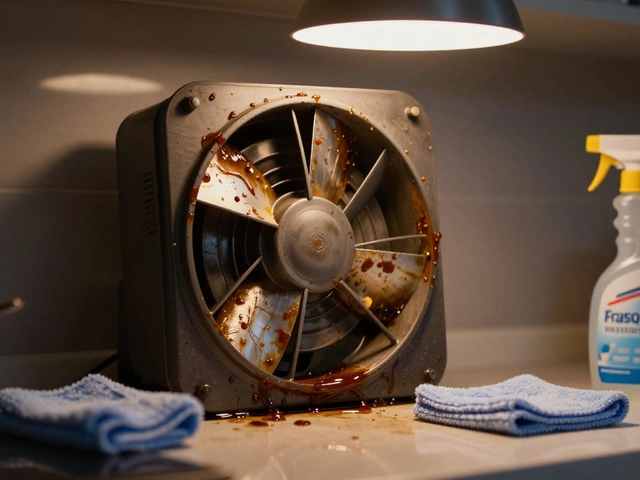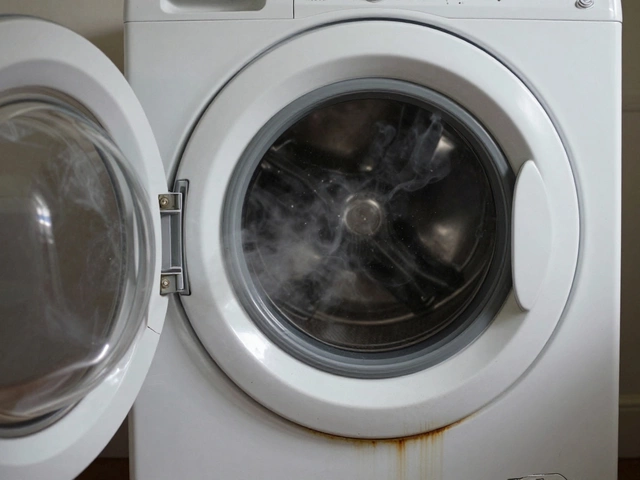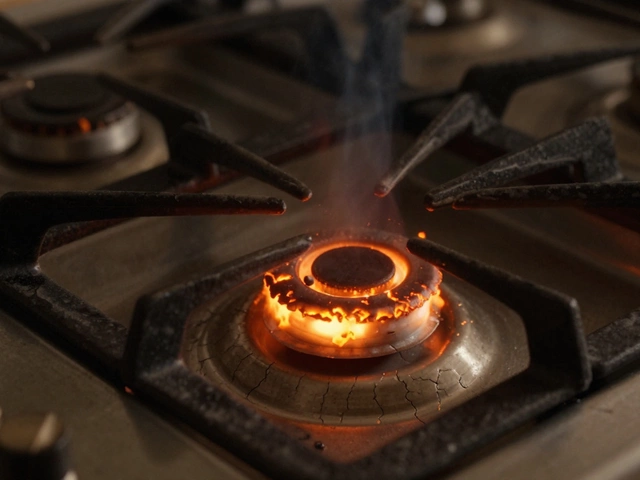HVAC Troubleshooting Made Simple
Got a noisy boiler, a cold shower, or a fan that won’t spin? You don’t need to be an engineer to figure out what’s wrong. In this guide we walk you through the most common HVAC problems and give you practical, step‑by‑step checks you can do yourself. Take a deep breath, grab a screwdriver if you have one, and let’s get your home back to comfortable.
Common Issues & Simple Checks
Start with the basics. For a boiler that won’t fire, make sure the power switch is on and the thermostat is set above the room temperature. Next, look at the pressure gauge – most boilers need around 1‑1.5 bar when cold. If it’s low, you can usually top it up with the filling loop, following the quick guide on the boiler’s own panel.
Water heaters often trip the reset button. Press and hold it for about ten seconds; if it pops back, let the unit cool for a minute and try again. If it keeps tripping, the thermostat or heating element may be failing – that’s a sign to call a pro.
Extractor fans in the kitchen or bathroom stop working most often because the motor is clogged with dust or the wiring has come loose. Turn off the power, remove the fan cover, and give the blades a good clean. Look for any loose wires and snap them back in place. Spin the motor by hand; if it feels gritty, it probably needs replacement.
Heat pumps can lose efficiency when the outdoor unit is covered in leaves or debris. Clear a two‑foot radius around the unit and spray the coils with a garden hose (no pressure washer). Check the filter inside the indoor unit – a dirty filter can cause the system to shut down or freeze up.
When to Call a Pro
If you’ve tried the basic checks and the system still won’t work, it’s time to get a qualified technician involved. Leaking gas, unusual odors, or repeated electrical trips are safety hazards that require professional assessment. Also, if you need to replace a boiler’s heat exchanger, a water heater’s compressor, or an HVAC fan motor, a licensed plumber or HVAC specialist has the tools and credentials to do it safely.
Regular maintenance can prevent most breakdowns. Schedule a boiler service once a year, clean your water heater’s anode rod, and have the fan motor inspected during a routine HVAC check. A small service fee now saves you from a costly emergency repair later.
Remember, troubleshooting is all about observation and a bit of patience. Most HVAC issues have simple causes – low pressure, a tripped reset, or a dirty fan. Follow the steps above, and you’ll often have your home back in shape without the pricey call‑out.
Troubleshooting Heat Pump Issues Without Cooling Effectively
- Alden Wilder
- Jan 17 2025
- 0 Comments
When a heat pump runs but fails to cool, it can be a source of frustration and discomfort, especially on warm days. Understanding common causes such as refrigerant leaks, thermostat issues, or blockage in airflow can help in diagnosing the problem. This guide explores potential reasons behind such issues, offers troubleshooting tips, and explains when it might be best to call in a professional. With a few checks and the right knowledge, homeowners can address some of these challenges themselves.
View More


